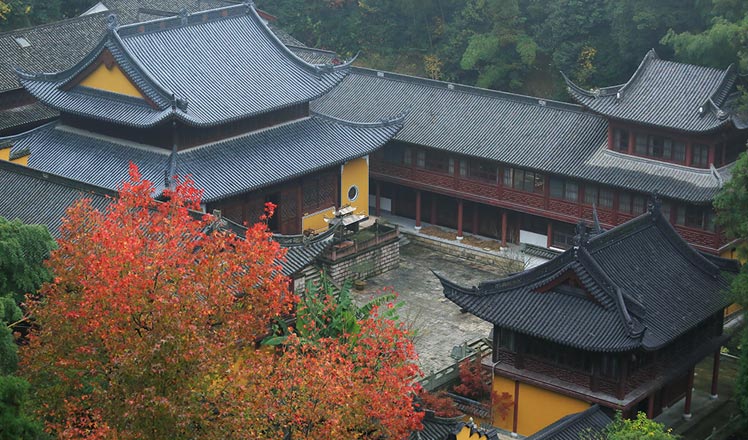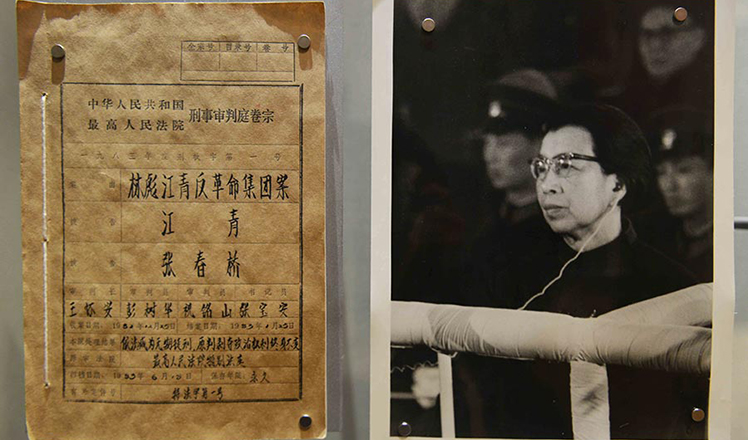2015: a year of progress on ties
Updated: 2016-01-12 01:22
By MAO PENGFEI in Mexico City(China Daily Latin America)
|
||||||||
From visits by heads of state to first ever ministerial meetings, the bar was raised
Despite the great distance that separates them, China has found itself increasingly more connected to Latin America and the Caribbean, thanks to unending cooperation, focused on quality and development, which seeks to improve bilateral ties.
2015 witnessed a strengthening of mutual trust and political confidence between China and Latin America and the Caribbean.
January saw the celebration in Beijing of the first ministerial meeting of the China-CELAC Forum, which saw the signing of a roadmap for the next five years, laying out central areas of cooperation and specific efforts to be made.
In July, Ecuador hosted the first CELAC-China Forum on Science, Technology and Innovation, opening the way for closer technological cooperation in the medium and long terms.
In December, 60 representatives from 27 Latin American and Caribbean political parties converged on Beijing for the China-CELAC Political Parties Forum, where they shared experiences on governance and sought to deepen interparty ties.
Those three meetings helped bring to life the new cooperation platform in July 2014 between China and its counterparts in Latin America and the Caribbean.
In terms of bilateral interaction, Premier Li Keqiang visited Brazil, Colombia, Peru and Chile in May, during which he proposed the new “3x3” cooperation modal to improve productivity and interconnect respective economic restructurings.
In 2015, China welcomed the heads of state of Colombia, Venezuela, Argentina, Ecuador and Costa Rica, who all came to promote friendship and find new avenues for cooperation with the Asian country.
Leaders from all sides met frequently during such international summits as the United Nations General Assembly, the G20, and the APEC and BRICS meetings, among others.
According to ECLAC, the Chinese share of regional exports rose from 1 to 9 percent from 2000 to 2014, while its share of imports into the region went up from 2 to 16 percent.
Over time, the region’s exports to China have diversified from raw materials to more agricultural products and higher added-value merchandise.
For example, exports of agricultural products from Mexico to China rose by 25 percent in 2015 over 2014, to reach close to $150 million.
Benjamin Grayeb Ruiz, president of Mexico’s National Agricultural Council, explained that for many years the Chinese market was open only to two Mexican products: avocados and grapes.
“Three years ago, this reached seven products, and we will sign three more in 2016,” he added.
Since 2005, China took on commitments to lend more than $119 billion to Latin American countries and companies, according to a study by Boston University.
In 2014, Chinese financing in the region overtook that of the World Bank and the Inter-American Development Bank, reaching $22.1 billion, mostly in infrastructure and energy.
Chinese credits to Latin America have no political conditions attached to them, “which is good news for Latin America, given the conditions imposed by the World Bank or the International Monetary Fund,” commented Alicia Barcena, ECLAC’s executive secretary.
China’s growing presence in Latin American markets has given it a larger responsibility to help the region meet the UN Sustainable Development Goals.
For Barcena, China can help Latin America and the Caribbean with the financial resources, science and technology, including that to develop renewable energy sources.
Power generation from clean sources, such as wind, solar, geothermal or biomass, is seen by the UN as a crucial measure to fight climate change and reduce greenhouse gases.
Antonio del Río, director of the Renewable Energies Institute at the National Autonomous University of Mexico (UNAM), said the Latin American clean energy market is new, meaning that scientific and commercial cooperation with China could bring major benefits.
The investigator calls on Chinese companies to begin collaborating on specific projects with countries in the region “to bring about systems and technologies for different areas”.
Primarily based on economic and trade cooperation, with industrial capacity cooperation as a breakthrough, the upgrading of China and Latin American cooperation has been accompanied by cultural exchanges and cultural diplomacy being stressed in bilateral relations.
In May, Premier Li visited Latin America, attending cultural events in Colombia and Peru. He signed a series of cooperation accords in culture and education.
At a symposium in Colombia on China-Latin American cultural exchange, Li told participants that “exchange and dialogue between literary and artistic circles in China and Latin America will help bolster heart-to-heart communication between the two peoples.
- Drug lord closer to US trial as Mexico starts extradition process
- UN chief slams deadly attack on MSF-supported hospital in Yemen
- ROK to restrict access to Kaesong industrial complex
- No Pants Subway Ride puts smile upon faces of fellow passengers
- Obama says US must act on gun violence, defends new gun control rules
- Over 1 million refugees have fled to Europe by sea in 2015: UN

 'The Revenant' and 'The Martian' big Golden Globe winners
'The Revenant' and 'The Martian' big Golden Globe winners
 The world in photos: Jan 4 - 10
The world in photos: Jan 4 - 10
 Creative designs create splash in Shanghai art center
Creative designs create splash in Shanghai art center
 Amazing ice wonderland in Beijing
Amazing ice wonderland in Beijing
 Chinese Buddhism's birthplace remains a place of pilgrimage
Chinese Buddhism's birthplace remains a place of pilgrimage
 Special report: Rise and rise of China's outbound tourism
Special report: Rise and rise of China's outbound tourism
 Trial data of former senior Party officials on display
Trial data of former senior Party officials on display
 Replica of luxurious chariot from ancient times wows Xi'an visitors
Replica of luxurious chariot from ancient times wows Xi'an visitors
Most Viewed
Editor's Picks

|

|

|

|

|

|
Today's Top News
Shooting rampage at US social services agency leaves 14 dead
Chinese bargain hunters are changing the retail game
Chinese president arrives in Turkey for G20 summit
Islamic State claims responsibility for Paris attacks
Obama, Netanyahu at White House seek to mend US-Israel ties
China, not Canada, is top US trade partner
Tu first Chinese to win Nobel Prize in Medicine
Huntsman says Sino-US relationship needs common goals
US Weekly

|

|







